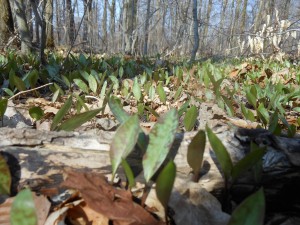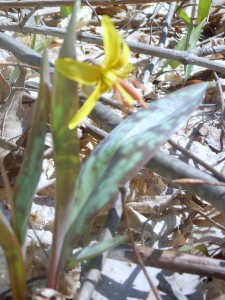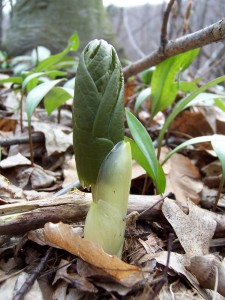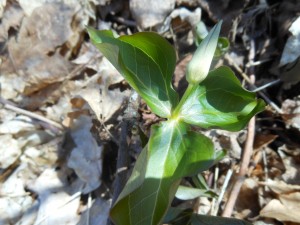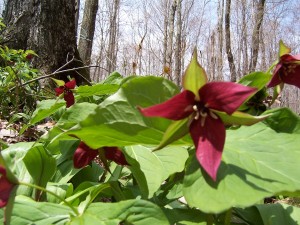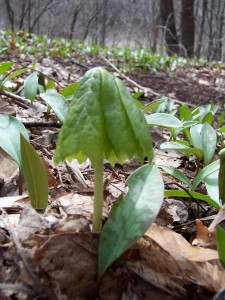When night comes, and it’s too dark to hike,.there is still some nature to learn. That’s the time when you can see what else is in our solar system, galaxy and universe. Around the end of this month, there will be a once in a lifetime sight in the western sky. This is a close grouping of the planets Mercury, Venus and Jupiter. Using binoculars, or a telescope, you will be able to see all 3 in your field of vision. You will easily be able to identify them by their comparative brightness.
Venus is the brightest one, due to the reflection of the sun from the sulfuric acid cloud that always surrounds this planet. It is the brightest object in the sky, after the sun and moon. Nothing else even comes close. Once you recognize it, you will know it for life, every time it’s in the sky. Jupiter is the second brightest, slightly brighter than some of the brightest stars. Mercury is the dimmest one but, you should still be able to see it if you’re in a dark area, or through binoculars.
The trio will be the most compact on Sunday, May 26. The best time to see them, is about 45 minutes after sunset, around 9:20. Go where you have a clear view of the western horizon. Look slightly to the north, just above the horizon. You can also see them a few days before and after Sunday, if you have a clear night.
Because it’s close to the sun, Mercury is seldom seen. When it’s in the night sky, it’s close to the horizon and, as previously mentioned, not conspicuously bright, so, this will be a good opportunity. The last week of this month, it will actually be higher than Venus, and in the same field of vision.
Because they are inferior planets, Mercury and Venus appear in the western sky in the evening, or in the eastern sky in the morning. In a telescope, they can be seen going through phases, like the moon. The superior planets, Mars, Jupiter and Saturn, can be in any part of the sky. Over 60 moons have been discovered around Jupiter. In a telescope, you can see the 4 large ones, that Galeleo saw, and named. Saturn, with its rings, and large moon, Titan, is now visible in the eastern sky.
Also, this week, you have a good opportunity to learn about our sun, and other stars like it, by watching the PBS science program, Nova, this Wednesday (5/22), at 9 PM, on WXXI.

